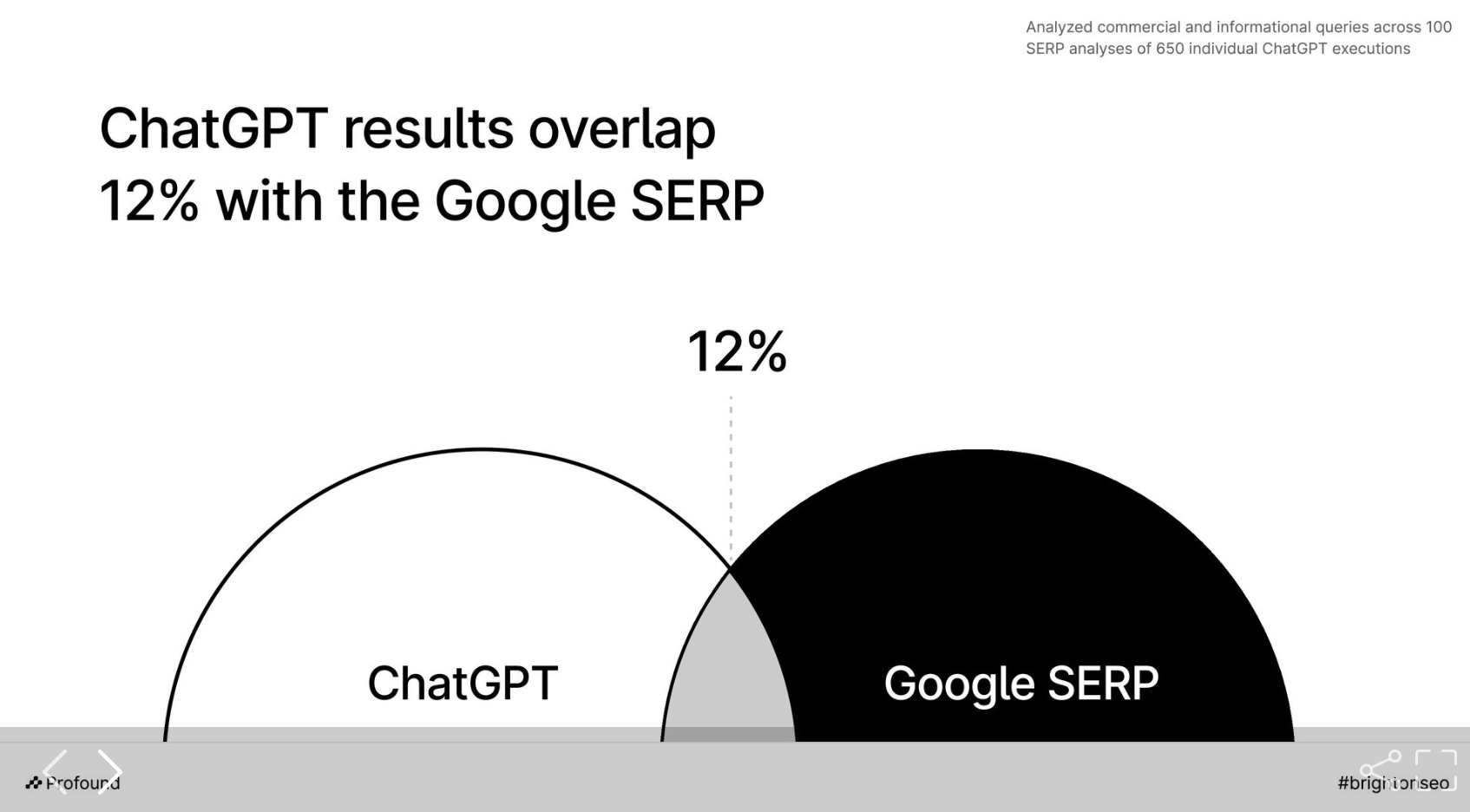The Emergence of the LLM Visibility Specialist
What Is an LLM Visibility Specialist?
An LLM Visibility Specialist is someone who helps content get recognized by large language models (LLMs), such as ChatGPT, Claude, and Google AI Overviews. They combine writing, strategy, and lightweight technical tools to improve how frequently a brand is mentioned in AI-generated answers.
This new role is gradually emerging as search behavior shifts toward LLM platforms. It builds on traditional content writing and SEO but goes a step further by focusing on how to structure content so that AI tools select it as a reliable source.
Why It Matters for Content Writers
For content writers, this shift means your job doesn’t end at publishing what’s useful. The real opportunity lies in learning how LLMs interpret your content. From there, you’ll have to change how you write, structure, and track performance to fit that behavior. If someone asks ChatGPT about a problem your content solves, your goal is to make sure it’s your content that gets cited.
Top-of-funnel and middle-of-funnel content is the primary focus here, but bottom-of-funnel content may not be far behind. This blog post is the first one I’ve written with this focus in mind. And it probably won’t be the last.
Let Me Be Clear
The average LLM visitor is worth 4.4x the average traditional organic search visitor. Not only that, but ChatGPT results only overlap with 12% with Google SERP results (Josh Blyskal, Profound). So LLM visibility isn’t just another SEO trend. It’s a big change in how information flows and who receives credit when someone asks an LLM a question.

Content Is Still King
Sure, the articles, guides, product pages, and snippets you publish are what LLMs are trained to reference. If the goal is to show up in an LLM answer feed, someone still has to write the source material.
But it’s not about writing more content. It’s primarily about structuring content so LLMs can quote it, interpret it, and trust it.
This means:
- Writing in “quotable chunks” with clear headers and bullet points
- Anticipating the types of prompts users will enter into AI tools
- Using consistent phrasing and NLP-friendly structures
- Ensuring crawlability not just for a Google bot but for any LLM crawlers
- Creating content that answers real questions
Where the Job Starts to Expand
If you stop at publishing helpful content, that’s ok. You’re still in the game, but you’re playing defense. Visibility specialist take the oppositie track by focusing on how to track, guide, and shape how that content appears in LLM outputs.
This includes:
- Prompt testing: Determining whether your content appears when AI is asked key questions
- Citation analysis: Monitoring which articles get mentioned, and in what context
- Linkless mention tracking: Surfacing brand or product references that LLMs pull without linking
- Competitive prompt mapping: Understanding where your content sits next to competitors inside AI outputs
Your job doesn’t stop with analysis, however. Many visibility specialists are starting to use automation tools, such as n8n, to simulate prompts. They also scrape LLM-generated results and run citation reports across tools like ChatGPT.
A Role Built on Writing, But Not Limited by It
Make no mistake, you must still focus on content writing. But it’s writing with a system design behind it. It’s built on a mix of skills: part strategist, part writer, part light technologist. Beyond trying to rank on Google, you’re also trying to be the answer inside an LLM.
In reality, no one’s hiring explicitly for “LLM Visibility Specialists” yet. But if you understand how content gets cited by AI tools, and you know how to structure, test, and refine what you publish, you’re already doing the job.
If you’re a writer who likes understanding how to track content performance and build repeatable frameworks, this role might be for you.